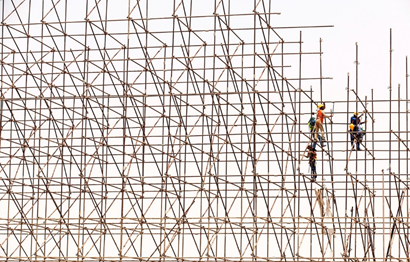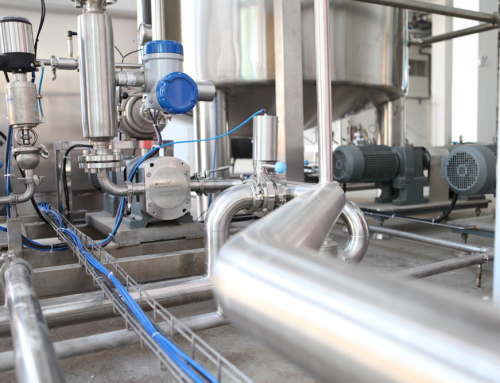Falls are the leading cause of deaths and injuries in the construction industry. Any workers who is at a height of six feet or above is at risk of falling and sustaining serious injuries.
Fall prevention could be the difference between life and death in these cases. If the job is planned while keeping worker safety in mind, proper fall prevention measures are in place, and employees have extensive fall protection training, injuries and fatalities can easily be prevented.
Fall protection is a manifold system, comprising three neat steps: planning, provision of equipment, and training.
Planning – Hazard Elimination
The first step of fall prevention is the elimination of all possible hazards.
Any platforms or scaffolds that have to support bodyweight should be checked for robustness. Other factors, such as leading edges or inclines must be taken into account as well. Weather conditions can affect construction jobs as well.
To ensure the safety of workers and to be in compliance with the law, the use of temporary structures in extreme weather conditions such as snow, hail, or heavy rain is discouraged.
At Metro Safety, we train students to consider the separate tasks involved in a job, and make sure that hazards are eliminated for each task.
Providing proper safety equipment
All scaffolds, ladders, temporary ramps, rails, stairs, and other equipment used for the job at hand should be thoroughly checked to ensure that they follow government regulations closely. Different jobs might require different kinds of scaffolds or ladders, so make sure that the equipment you’re using is fit for the task.
If a job needs employees to work on inclines or leading edges or heights that are 6 feet or over, then personal fall arrest systems (PFAS) should be provided. Make sure that the PFAS are in proper working condition each time before beginning the job.
While working on roofs, each worker needs to be provided with a harness and a PFAS that fits. Metro Safety’s Fall Protection courses cover a variety of the different types of equipment you might need for your employees and the right ways to use all of them.
Training employees
Planning and provision of safety equipment are meaningless without proper training.
Individuals who work in the construction sector are immensely susceptible to preventable falls. If employees are given proper Fall Protection training, they can inspect their equipment for shortcomings, be aware of the government regulations involved in using equipment, and, most importantly, save themselves from possible injury or fatality.
Our course covers safety associated with fall restraint, fall arrest, and safety monitors. Students will learn the minimum safety and strength ratings of all fall protection used, and will understand how to use the protection that’s ideally suited to the task.
Fall protection is a vital part of any industrial worker’s training, and can save them from preventable injuries or death. At Metro Safety First Aid Training School, we take workplace safety seriously.
We provide Fall Protection and Red Cross approved first aid training across British Columbia. Call us at 604-521-4227 or email us at info@metrosafety.ca to learn more about our Fall Protection training, and make your workplace a safe place.







